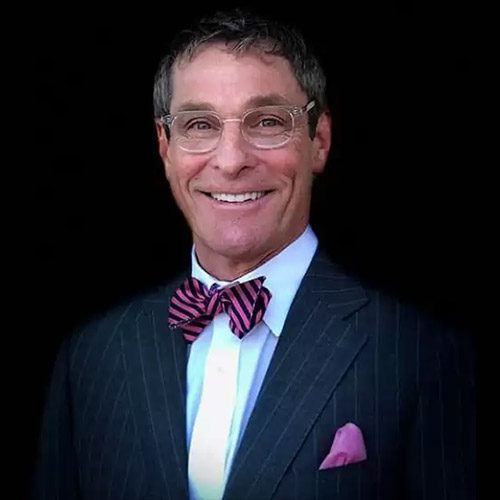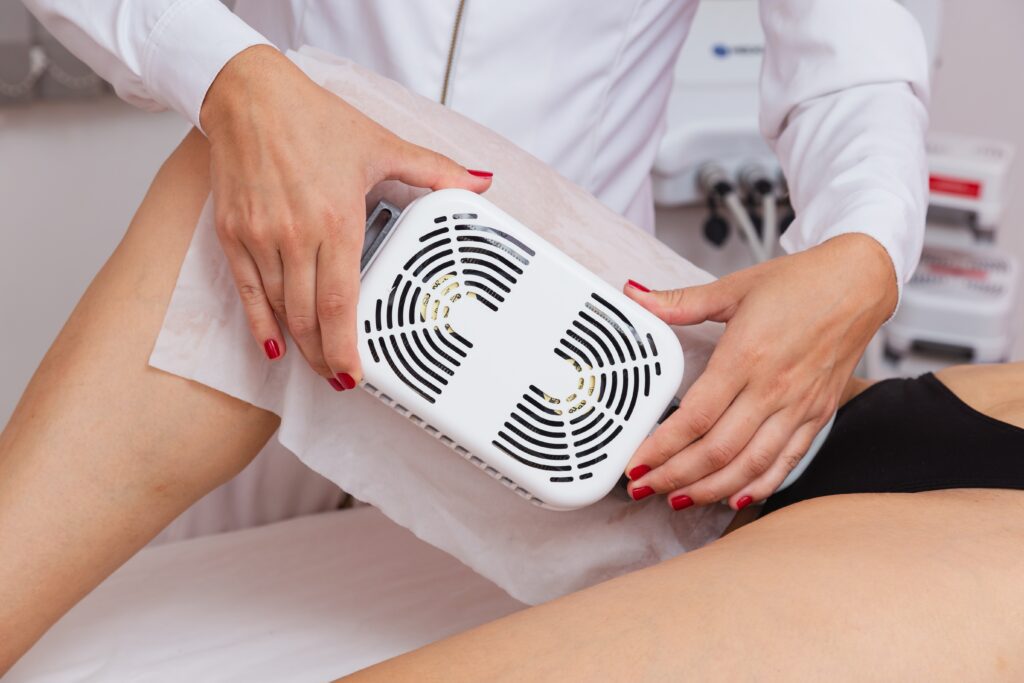CoolSculpting® is an FDA-approved treatment that freezes fat cells, a process known scientifically as cryolipolysis. This treatment can help patients achieve body sculpting results beyond what they can get through diet and exercise alone.
The CoolSculpting® applicator uses temperatures cold enough to eliminate fat cells without damaging surrounding tissues.
The treatment breaks down fat cells in specific parts of the body that are prone to excess fat accumulation, the body then eliminates the fat as waste. The popular procedure is completely non-surgical and has a quick recovery time.
During a CoolSculpting® procedure, a trained medical professional uses a vacuum pressure wand to apply “controlled cooling” to the parts of the body that have excess fat cells, such as the abdomen, back, and hips.
The cold temperatures produced by the wand freeze and kill fat cells, which is then eliminated naturally in the days and weeks following the treatment.
Dead fat cells are naturally metabolized from the body over a course of weeks to three months.
CoolSculpting® treatment is a great option for people whose diet and exercise routines have not been enough to achieve their desired results. However, learning how to get the best fat-reducing results from the process involves considering more than just the procedure itself.
Proper preparation in the form of research and CoolSculpting® aftercare are equally important.
What to Expect After CoolSculpting® Treatment
CoolSculpting® treatment literally freezes fat cells to kill them. To achieve this goal, patients undergo a freezing procedure that may cause numbness both during and immediately after treatment. Numbness, swelling and residual soreness can last up to two weeks after treatment.
This numb sensation is the most common side effect of CoolSculpting® along with residual soreness from the vacuum wand that is like a bruise.
However, everyone’s pain tolerance is different, and some patients don’t experience any discomfort at all.
Additionally, in the initial minutes following the procedure, as the body “wakes up” from the cold temperatures produced by the wand, some patients report feeling discomfort.
The feeling that can occur is similar to the skin warming up after being outside in freezing temperatures. This sensation may include redness, tenderness, and tingling around the areas where the medical professional used the CoolSculpting® wand.
These symptoms generally subside within a few hours.
CoolSculpting® Aftercare Instructions & Tips
Experiencing some discomfort after the procedure is normal but following some basic CoolSculpting® aftercare techniques is the best way to minimize that discomfort while simultaneously speeding up the fat-reducing results. This includes following a set of dos and don’ts in the hours and days following the procedure.
What to Do to Minimize Discomfort After CoolSculpting® Treatment
Since CoolSculpting® is a non-surgical procedure, patients don’t need to engage in any special care following the treatment and can resume normal activities.
In some cases, patients are encouraged to get up and move around immediately after finishing treatment to increase blood circulation and facilitate the elimination of fat cells from the body.
Patients won’t need a prescription painkiller following the procedure, but many find that an over-the-counter pain reliever such as ibuprofen reduces discomfort in the hours immediately following treatment. Many of these medicines can help to reduce inflammation.
The inflammation process aids in the fat elimination process after treatment, for this reason Tylenol is suggested for pain relief.
Compression garments can be used to help with discomfort or swelling following treatment. Cold compresses can help with discomfort, bruising, or swelling whereas a warm compress can aggravate swelling.
Finally, for those with lingering discomfort, warm compresses and light massage to the areas treated with the CoolSculpting® procedure can help increase blood flow. Drinking a lot of water is also essential, as it flushes the system and encourages the body to eliminate dead fat cells.
What to Avoid After CoolSculpting® Treatment
CoolSculpting® aftercare also involves avoiding certain activities and foods. For example, gentle exercise such as walking and yoga is fine immediately following treatment, but patients should avoid high heat and rigorous exercise that raises their body temperature for at least 24 hours after CoolSculpting®.
Diet also matters, both immediately following the treatment as well as in the days and weeks afterward.
Most doctors recommend avoiding alcohol for at least a week after the procedure and minimizing consumption of processed foods and sugar. This helps the body flush out dead fat cells.
Living an active lifestyle and following a healthy diet are also essential if patients want the effects of CoolSculpting® to last. Although CoolSculpting® kills and removes some fat cells, it doesn’t mean that patients cannot gain weight or accumulate fat in that area in the future.
Schedule a CoolSculpting® Consultation at The Rejuva Center at Williams Today
For patients with a healthy lifestyle who still struggle to shape their body to the desired silhouette, CoolSculpting® offers a great, non-invasive cosmetic solution. All you need is a little planning and knowledge about how to achieve the desired results with proper aftercare.
At The Rejuva Center at Williams in Albany, New York, our medical staff is ready to help you achieve the body contouring results you deserve with CoolSculpting®. Our knowledgeable professionals are ready to schedule your consultation, answer any questions you may have, and get you on the path to the smooth, sculpted figure you have always wanted.
Recent Posts
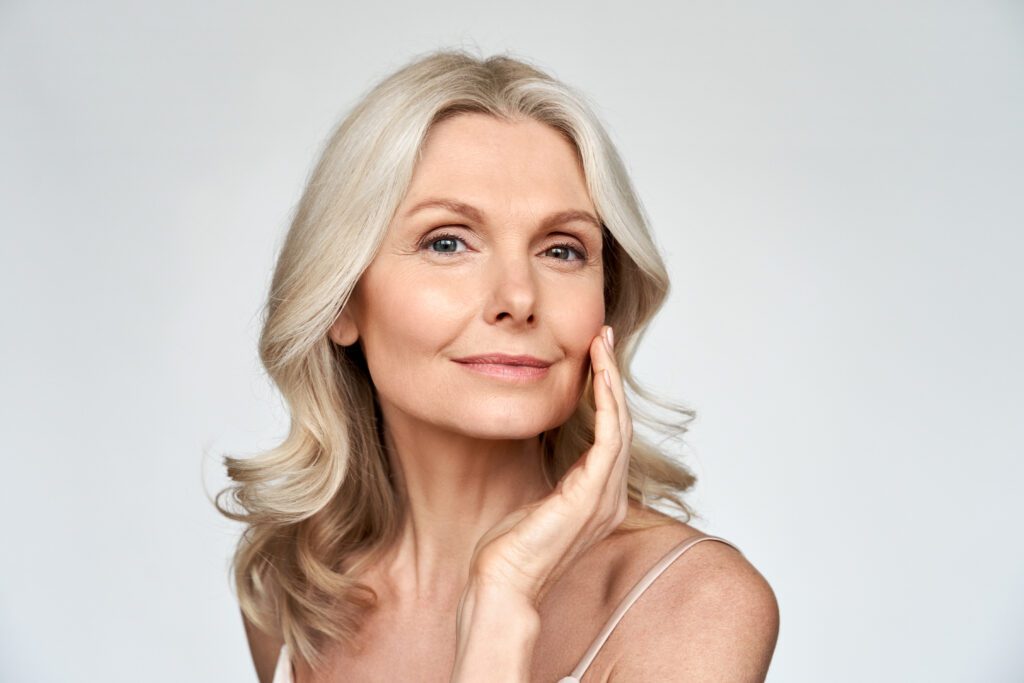
Reversing Smoking Damage to Your Skin
Smoking can cause significant skin damage, affecting both overall skin health and its appearance. However, smoking damage can be severe, but there are ways to reverse skin damage caused by…
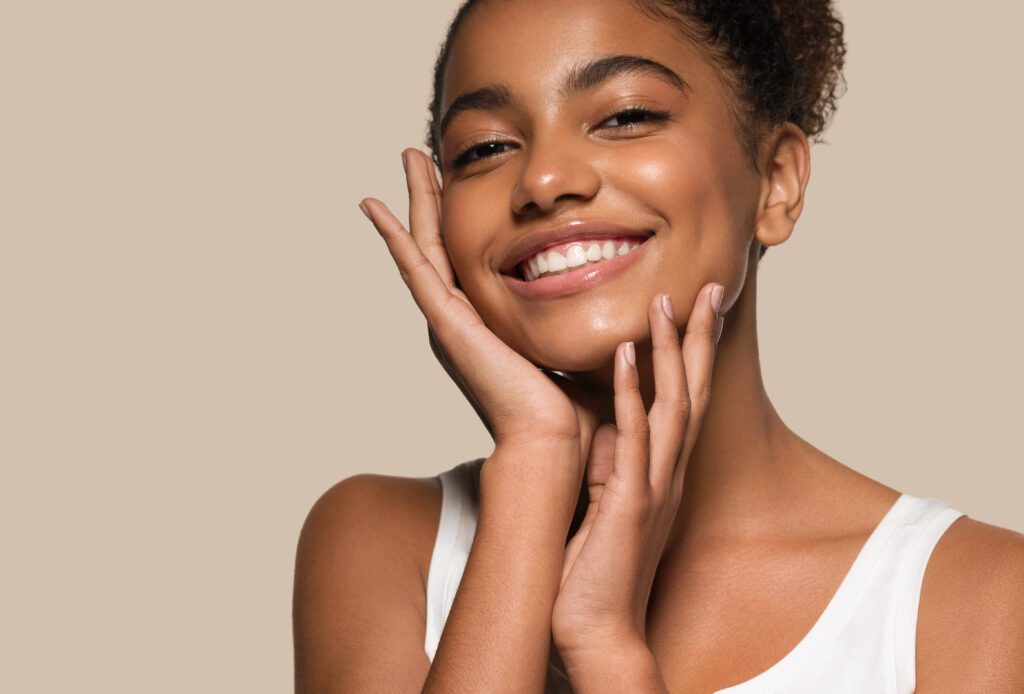
Balancing Holistic Practices with Cosmetic Treatments
A holistic approach to beauty, including focusing on lifestyle, nutrition, and mental well-being, contributes to skin health as well as general healthiness. Combining holistic practices like these with the non-surgical…
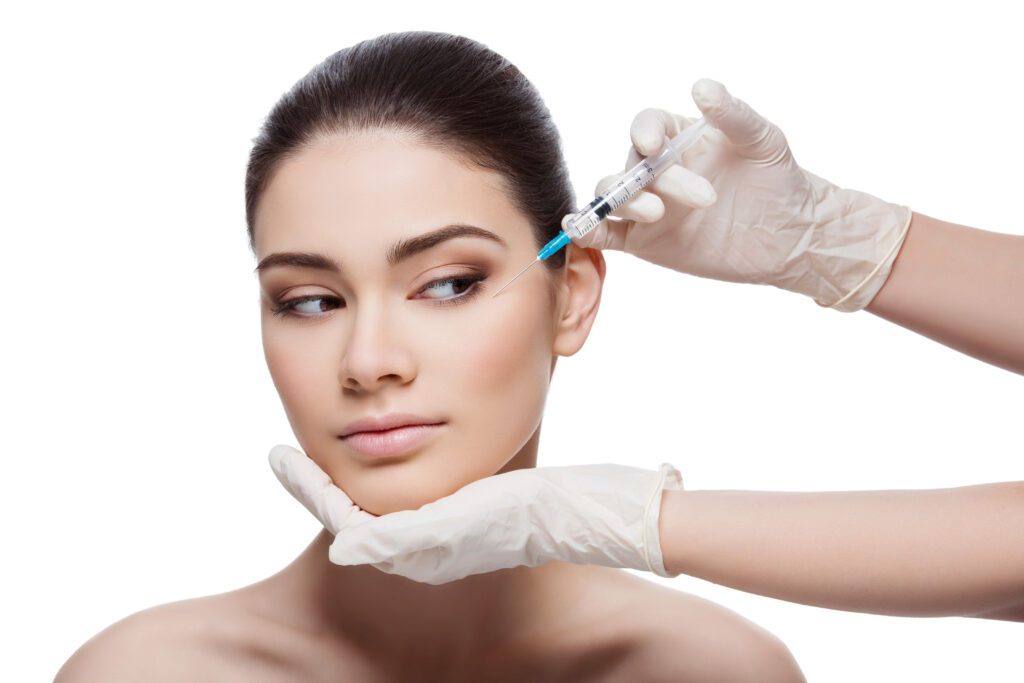
Xeomin vs. Dysport vs. Botox Injections
Xeomin®, Dysport®, and Botox® are all injectable treatments that belong to a class of medications called neuromodulators that use the same main ingredient, botulinum toxin type A. When used for…
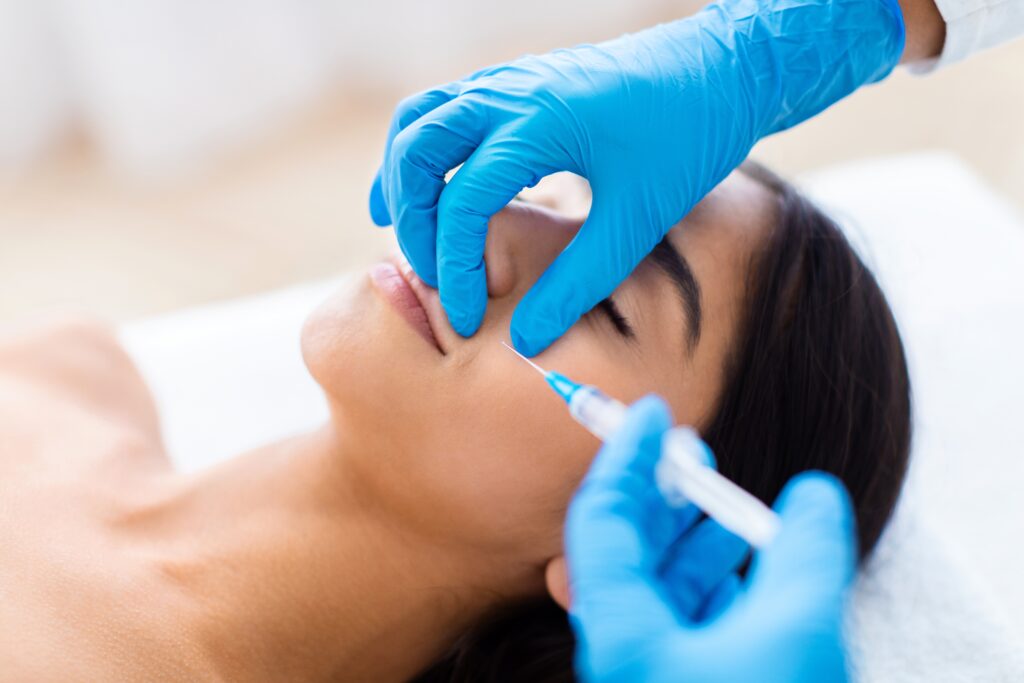
A Complete Guide to the Cosmetic Treatment Process: Start to Finish
Non-surgical cosmetic treatments are a great way to revive your look in a safe and effective manner, without the risks associated with surgery. Since 1999, The Rejuva Center at Williams…
